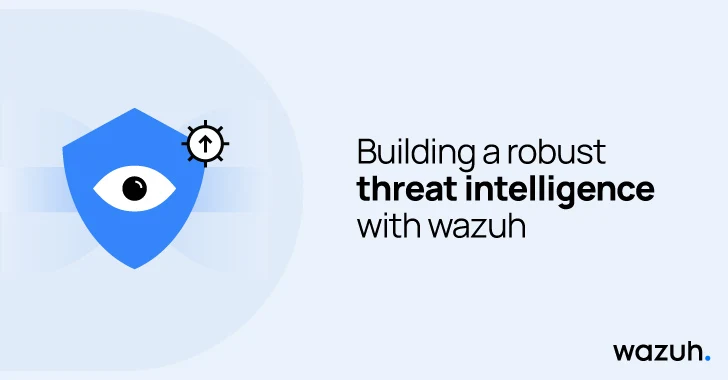Threat intelligence refers to gathering, processing, and analyzing cyber threats, along with proactive defensive measures aimed at strengthening security. It enables organizations to gain a comprehensive insight into historical, present, and anticipated threats, providing context about the constantly evolving threat landscape.
Importance of threat intelligence in the cybersecurity ecosystem
Threat intelligence is a crucial part of any cybersecurity ecosystem. A robust cyber threat intelligence program helps organizations identify, analyze, and prevent security breaches.
Threat intelligence is important to modern cyber security practice for several reasons:
- Proactive defense: Organizations can enhance their overall cyber resilience by integrating threat intelligence into security practices to address the specific threats and risks that are relevant to their industry, geolocation, or technology stack. Threat intelligence allows organizations to identify potential threats in advance and take preventive measures. Security platforms that incorporate threat intelligence can quickly detect and respond to threats more effectively.
- Informed decision-making: With the right threat intelligence program, organizations can make data-driven decisions about their security posture, resource allocation, and incident response planning. Security analysts can prioritize security efforts and allocate resources where they are most needed, improving cost efficiency.
- Global threat awareness: A well-implemented threat intelligence program provides insights into global threat trends, which can be essential for organizations operating on a global scale or within specific regions. This can help organizations detect zero-day threats by identifying patterns of malicious activities that deviate from well-known malicious patterns. Organizations can continuously learn about evolving threats and adapt their defenses accordingly.
Enhancing threat intelligence using Wazuh
Wazuh is an open source security platform with unified XDR and SIEM capabilities for on-premises, containerized, virtualized, and cloud-based environments. Wazuh offers users flexibility in threat detection, compliance, incident handling, and integration with diverse emerging technologies. Security analysts can leverage Wazuh to build a good threat intelligence program in the following ways.
Integration with threat intelligence feeds
Integrating threat feeds into a security platform offers several advantages such as real-time threat intelligence, enhanced threat detection, and global threat landscape awareness. Wazuh offers integration to threat feeds such as VirusTotal, AlienVault, URLhaus, MISP, and other threat feeds. This empowers security teams with the relevant information to detect, respond, and mitigate threats effectively.
Threat intelligence enrichment
The capability to turn raw data into actionable threat intelligence plays a vital role in how timely and efficiently an organization responds to threats. Wazuh helps to provide security teams with a more comprehensive view of the threat landscape. By augmenting raw data with contextual information, security analysts can gain a better understanding of the nature and severity of threats.
Building IoC files for threat intelligence
Identifying and storing IoCs is an essential part of a multi-layered cybersecurity strategy involving threat hunting and incident response. This allows organizations to enrich data with intelligence that is most relevant to their industry, geographic location, or technology stack. Wazuh offers organizations the capability to create custom IoC files tailored to meet their specific needs and risk profiles.
Creating custom rules for threat detection
Custom rules can include detailed contextual information, allowing security analysts to conduct in-depth investigations when an alert is triggered. This provides organizations with the flexibility essential for staying ahead of evolving attack techniques. Wazuh allows security analysts to create custom rules to fine-tune their threat detection capabilities to match their specific requirements.
Conclusion
Integrating threat intelligence with security platforms enables security analysts to identify and detect existing threats within the network through indicator lookups. Creating a collective knowledge base of known indicators of compromise of the various TTPs employed by threat actors can help cybersecurity experts keep up with the evolving threat landscape.
Wazuh provides a variety of capabilities including intrusion detection, log data analysis, incident response, and more, to detect, analyze, and respond to security threats in real-time. Wazuh comes with an out-of-the-box ruleset and can be configured to integrate with third-party threat feeds to detect and respond to threats quickly. It also offers security analysts the flexibility of creating custom detection rules that allow organizations to fine-tune their threat detection capabilities to match their specific IT environment, applications, and security requirements.
Wazuh has over 20 million annual downloads and extensively supports users through a constantly growing open source community.
Found this article interesting? Follow us on Twitter and LinkedIn to read more exclusive content we post.

